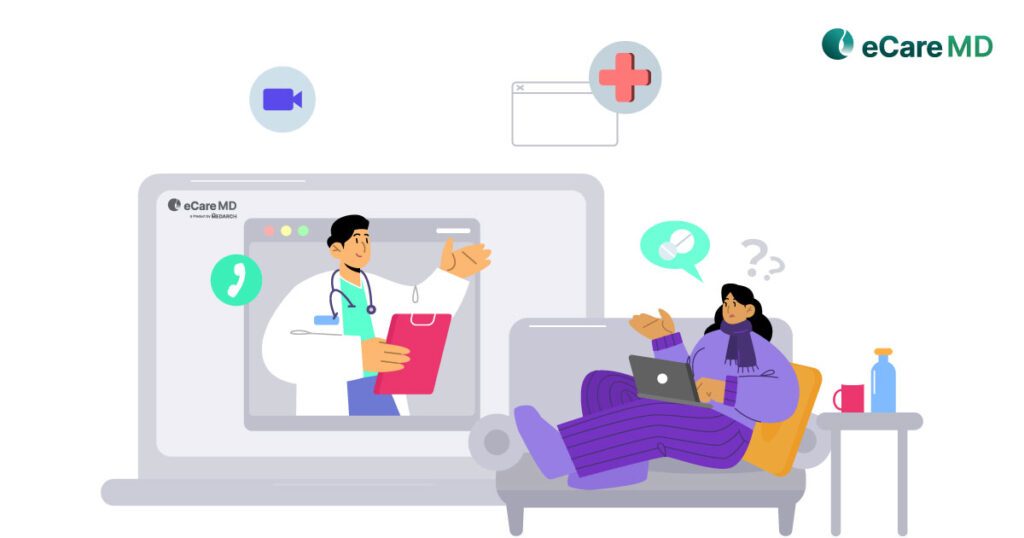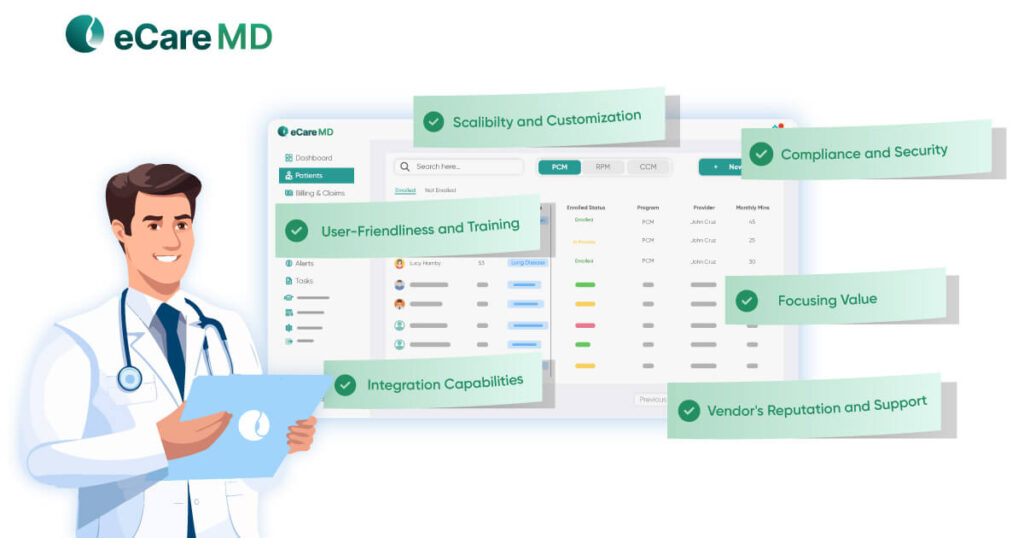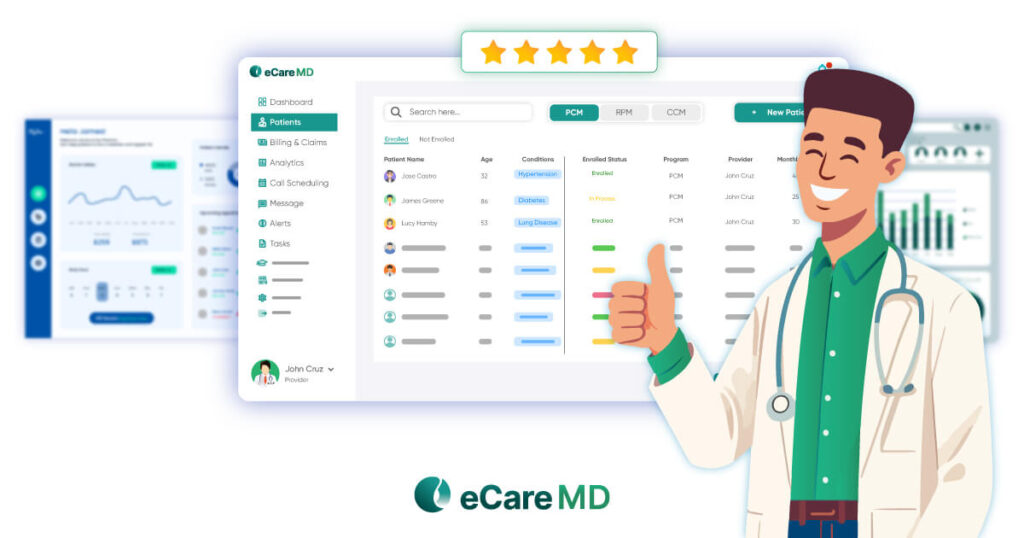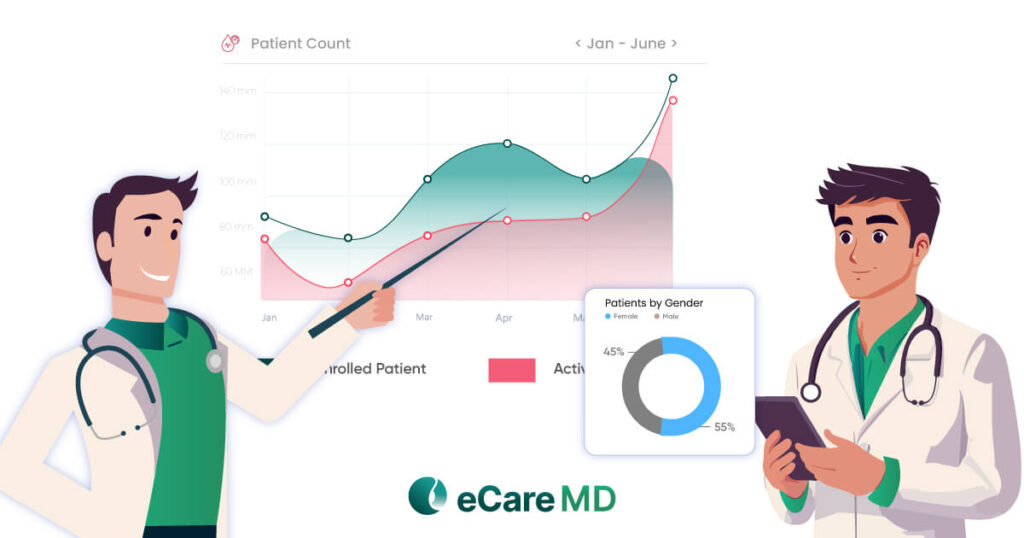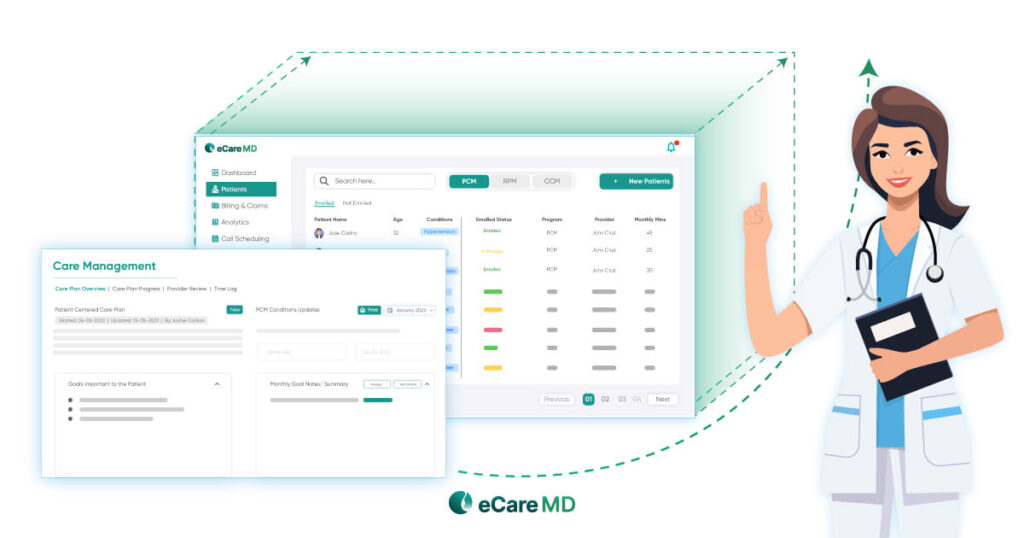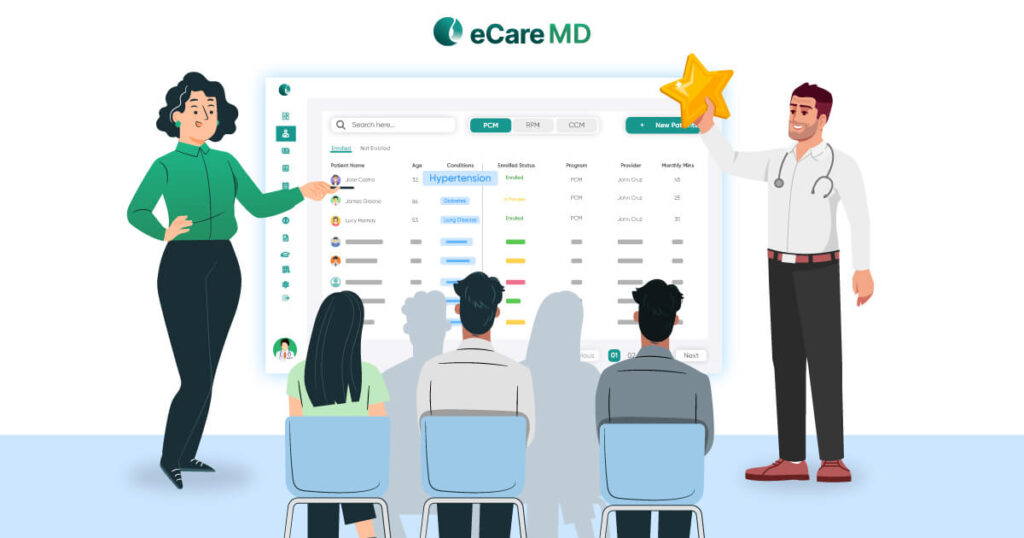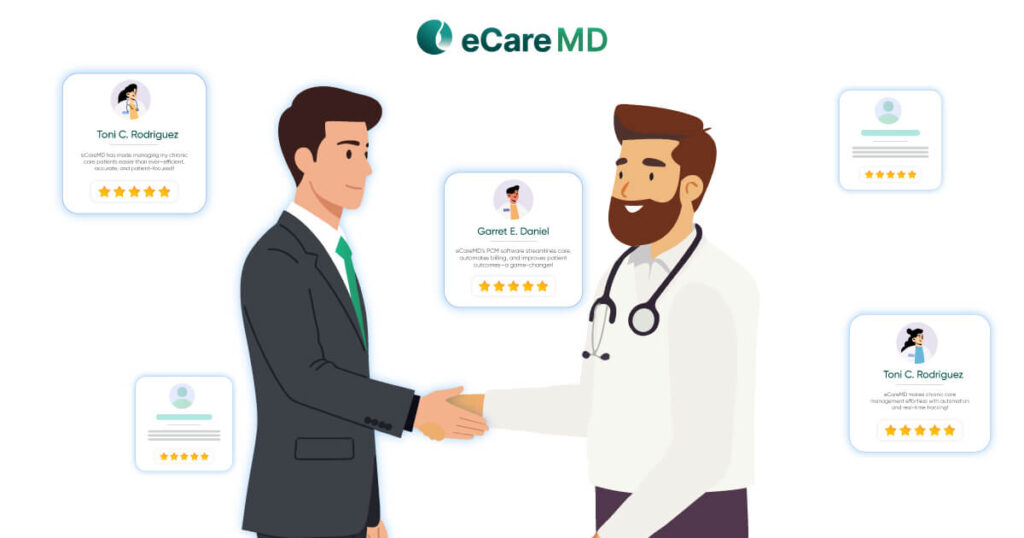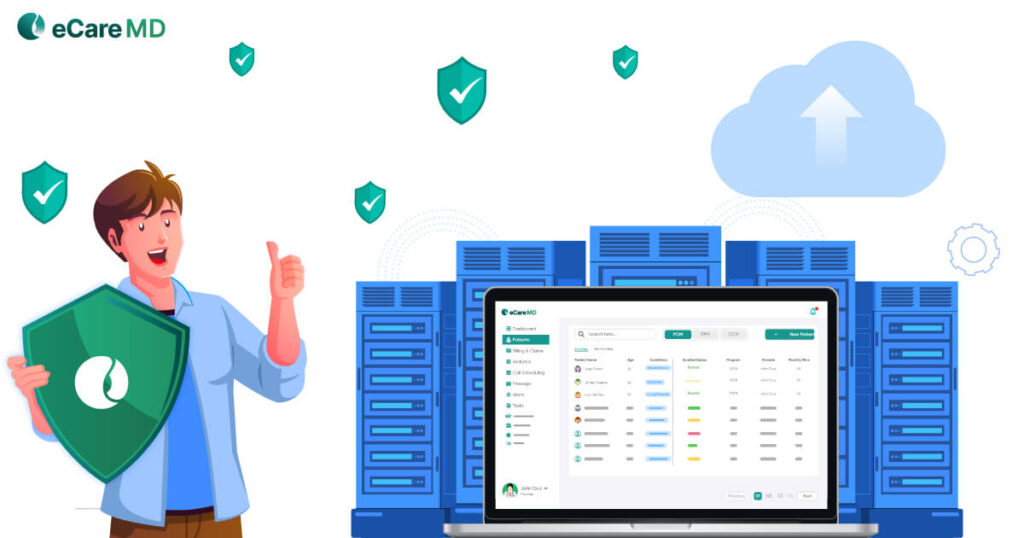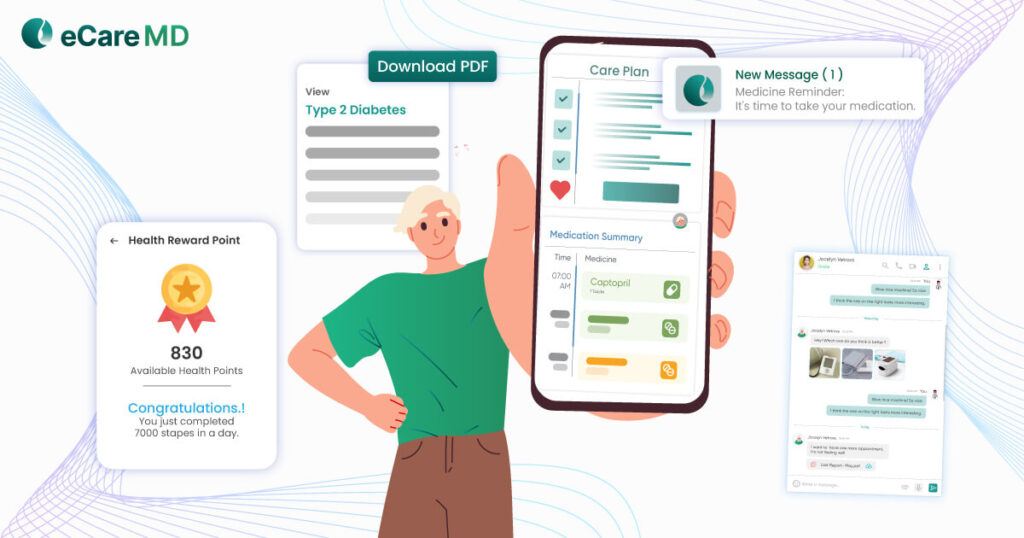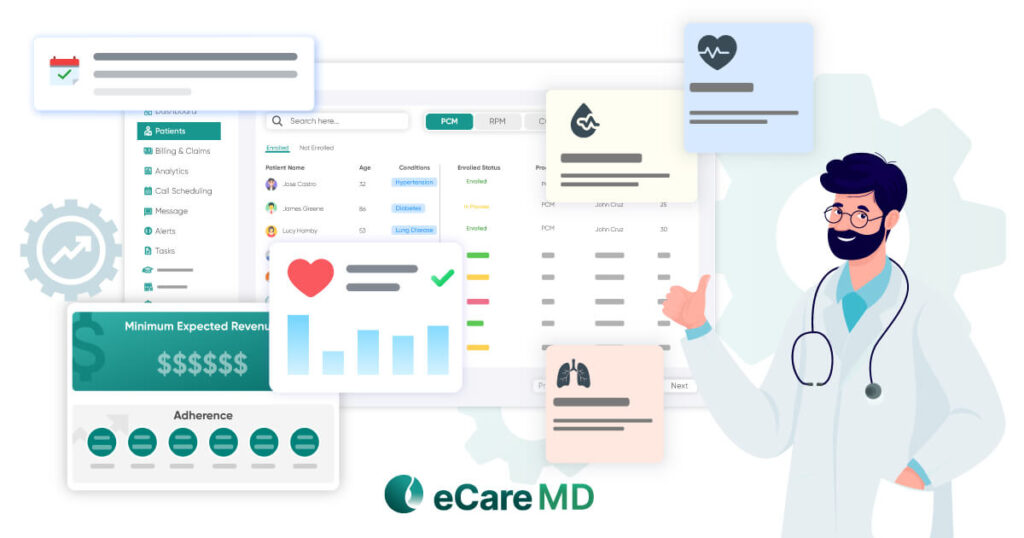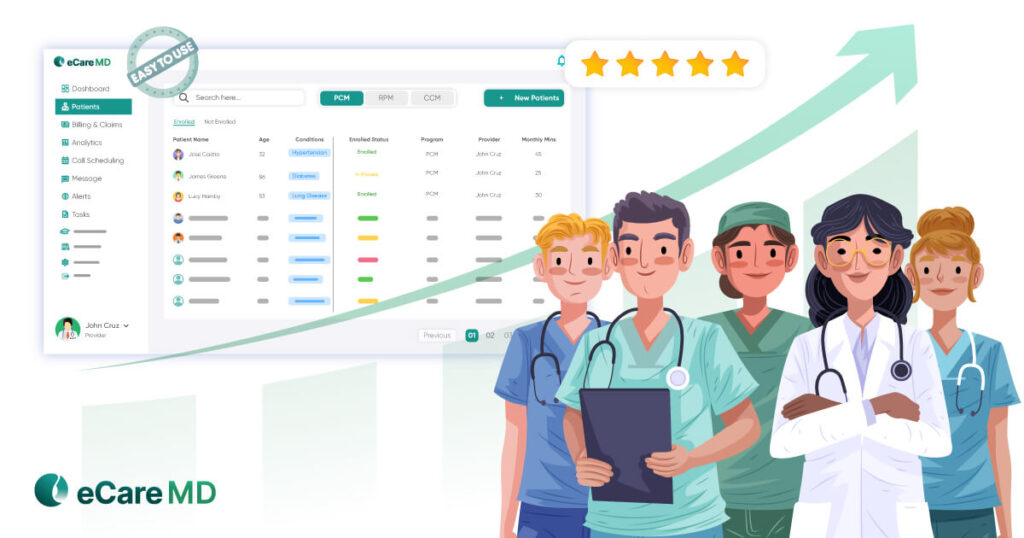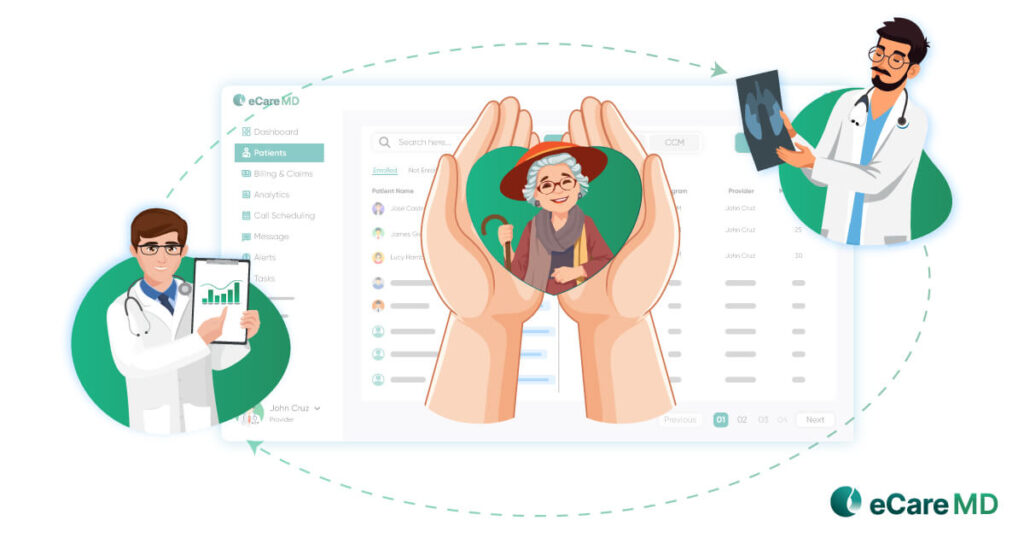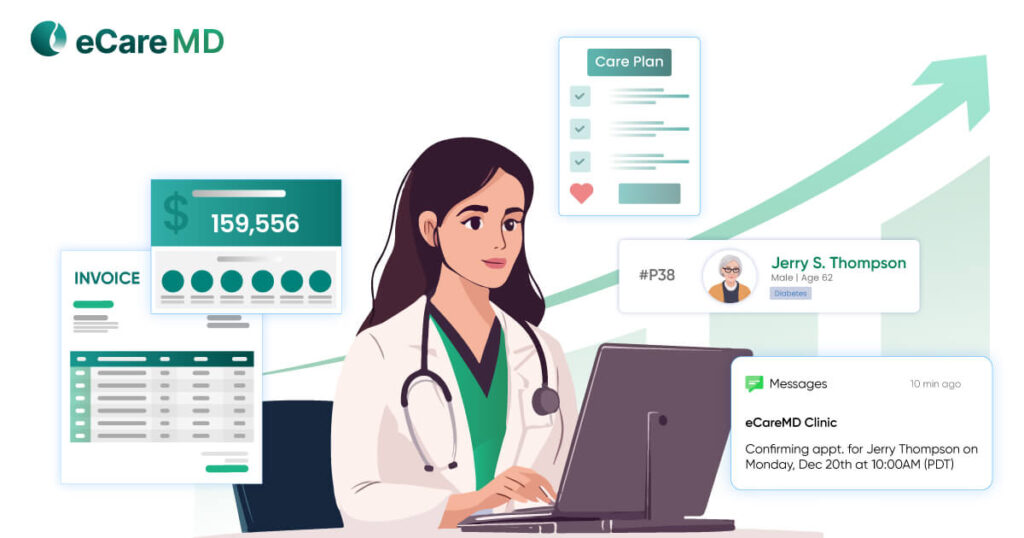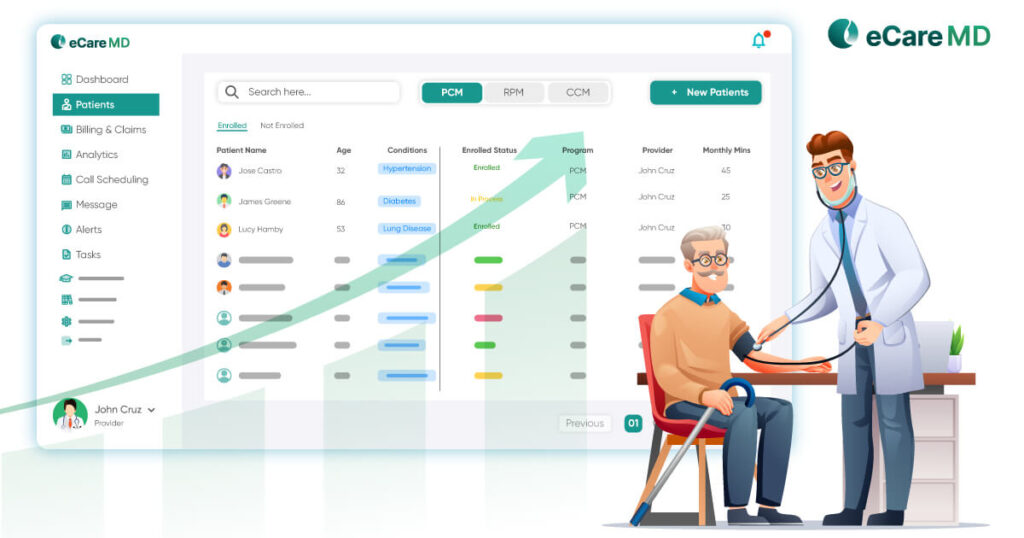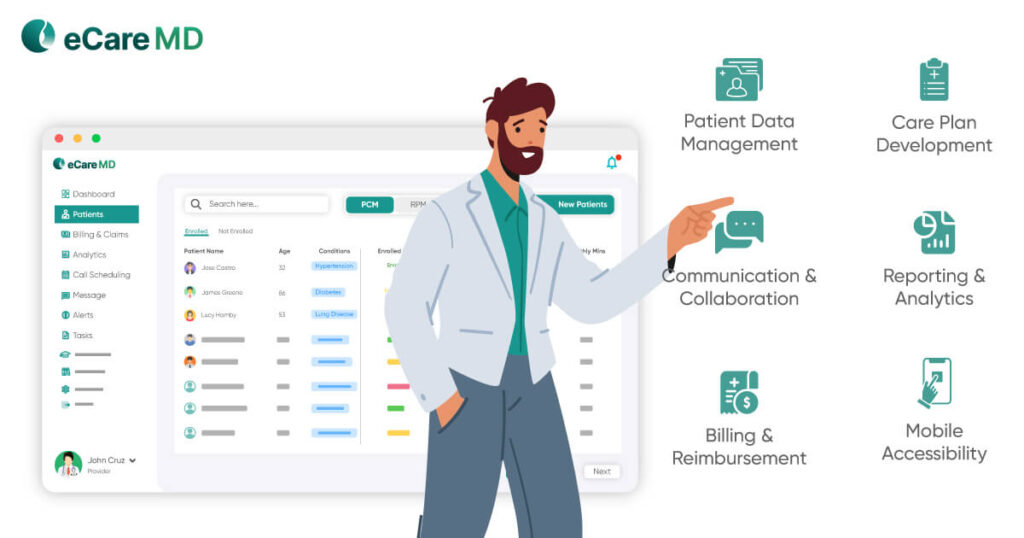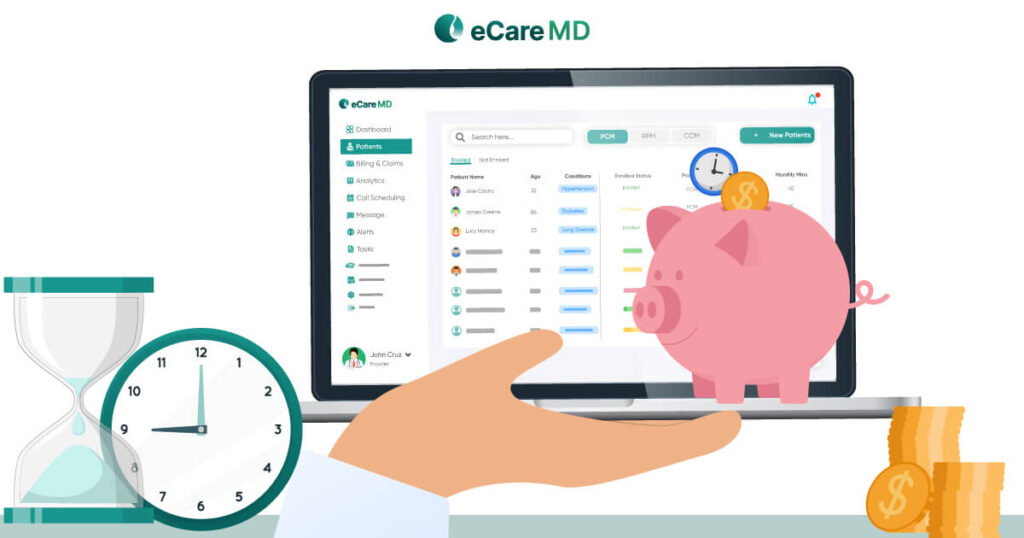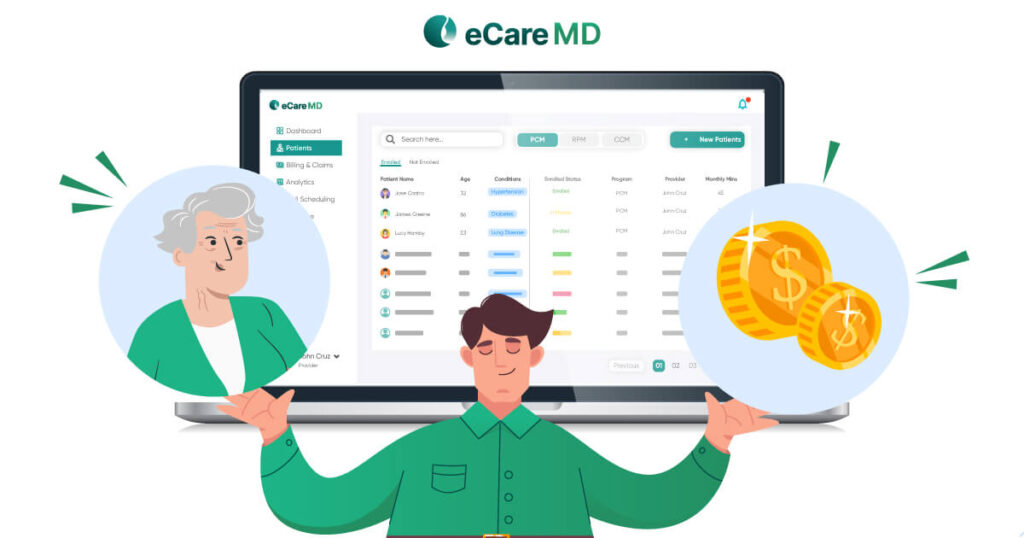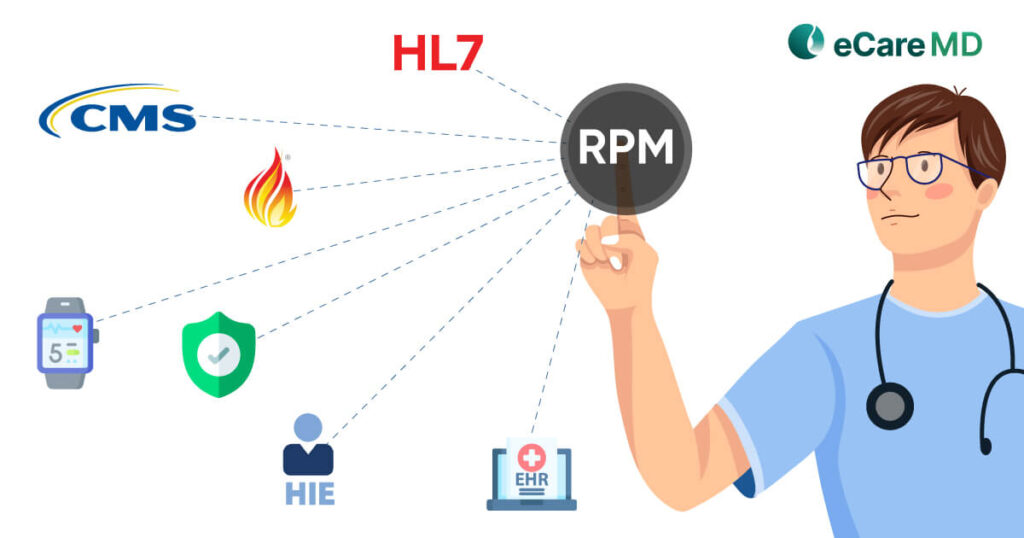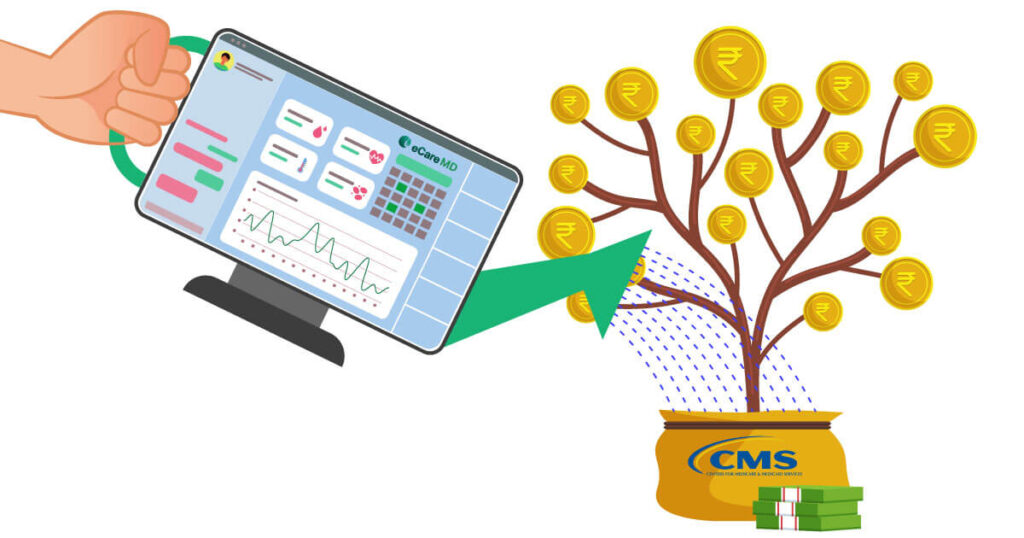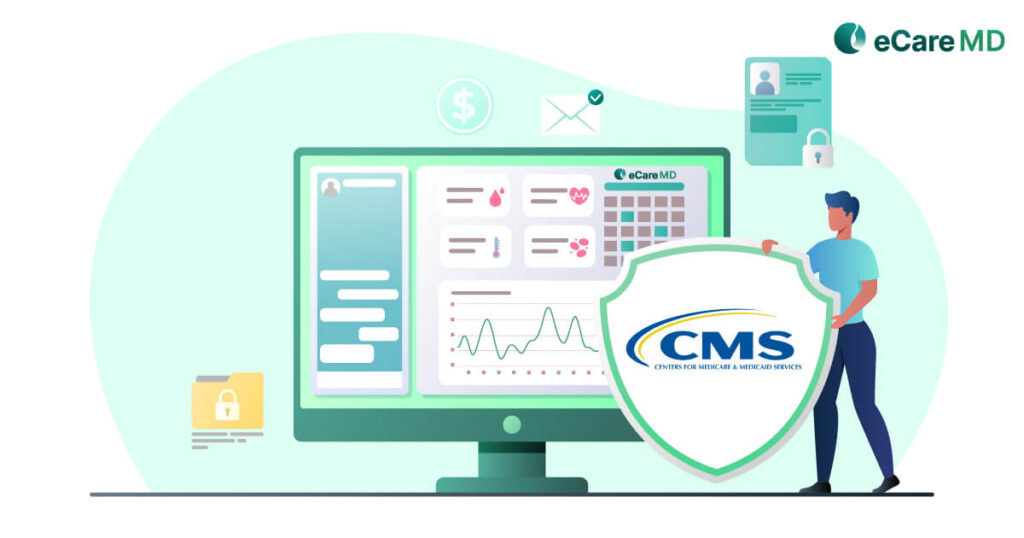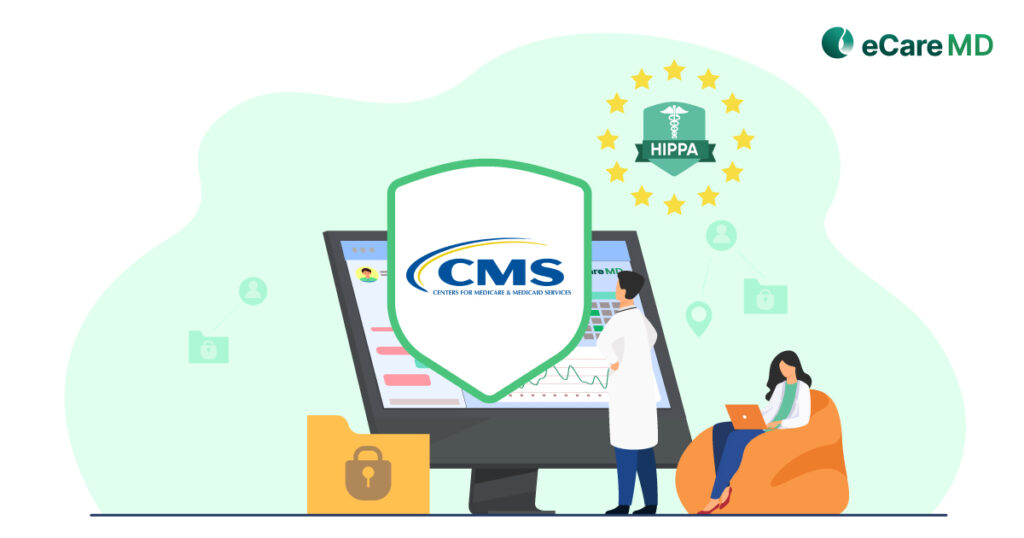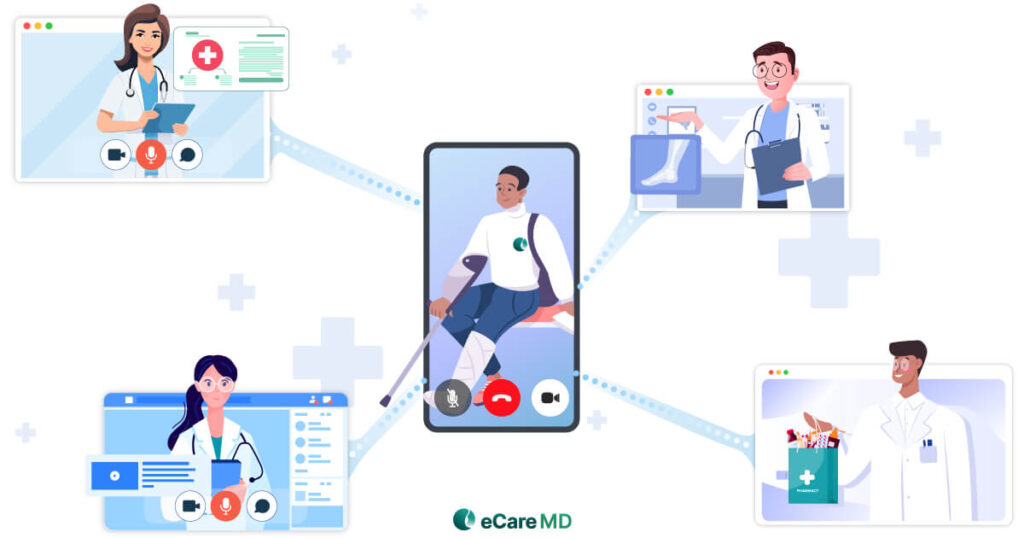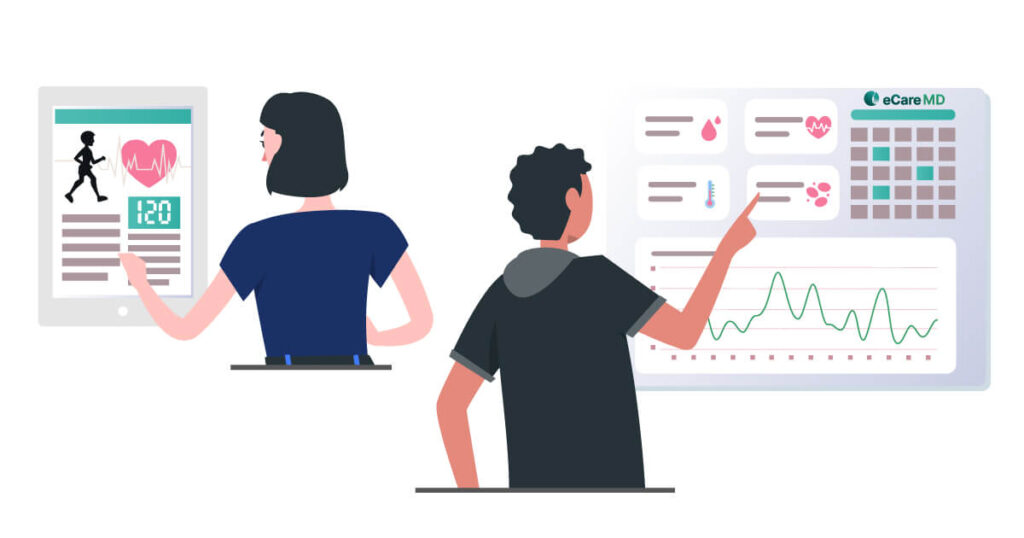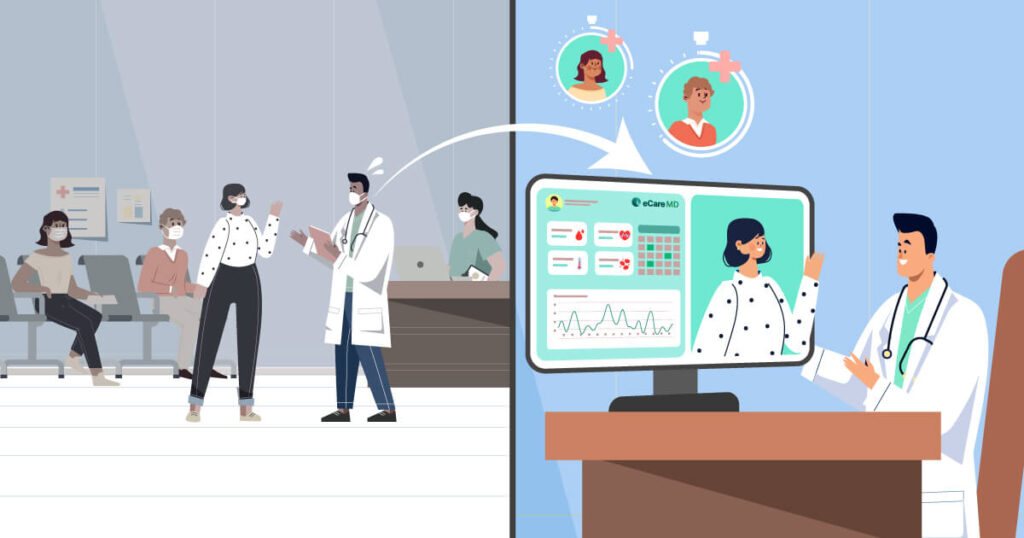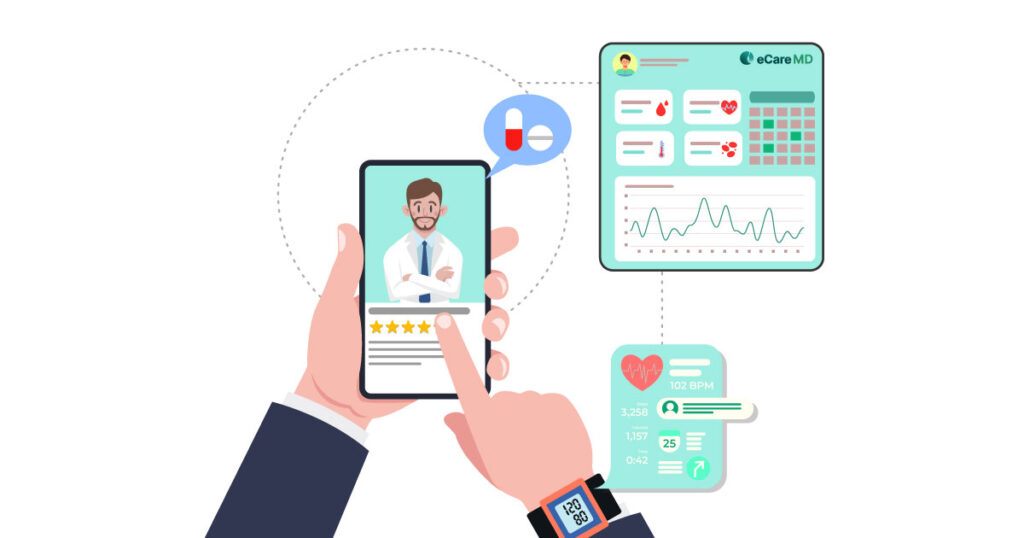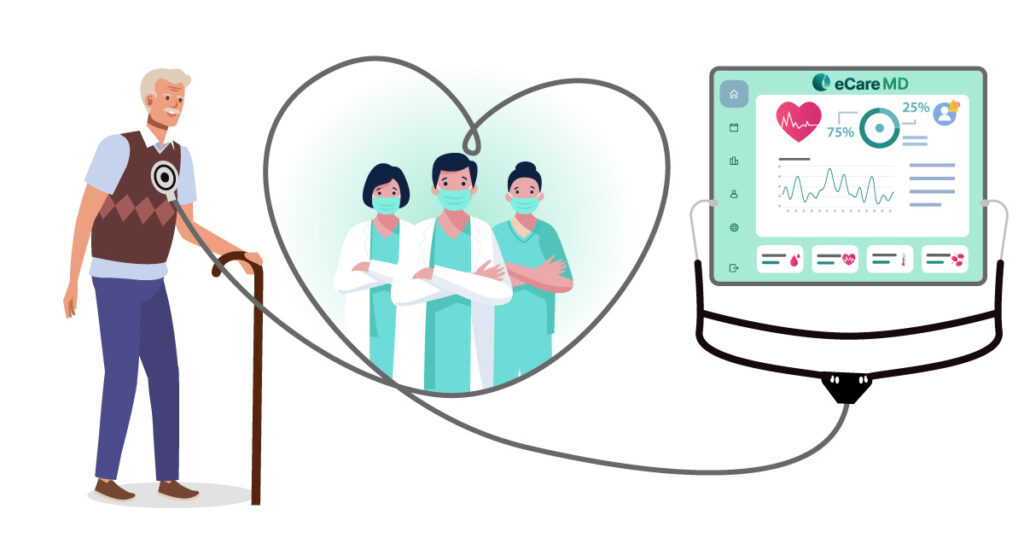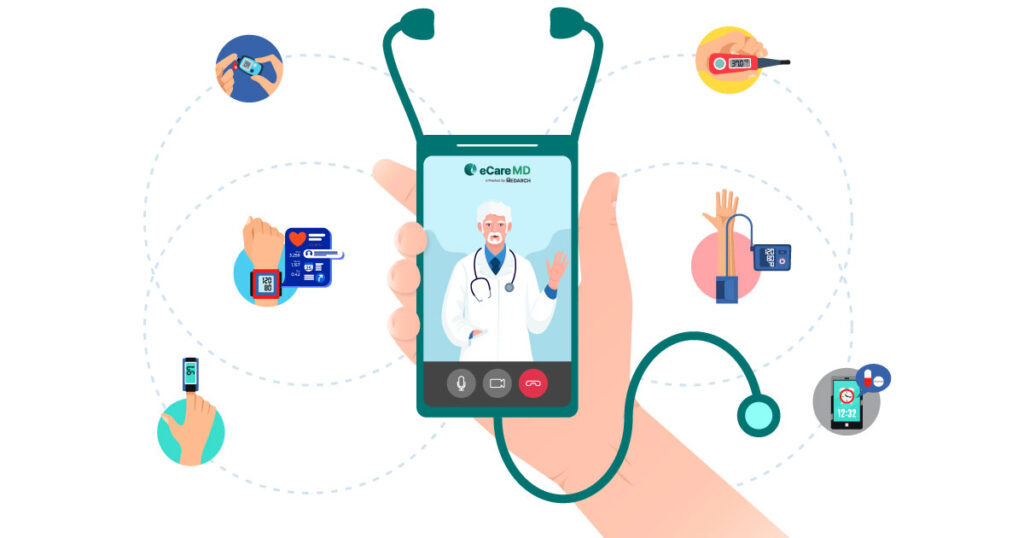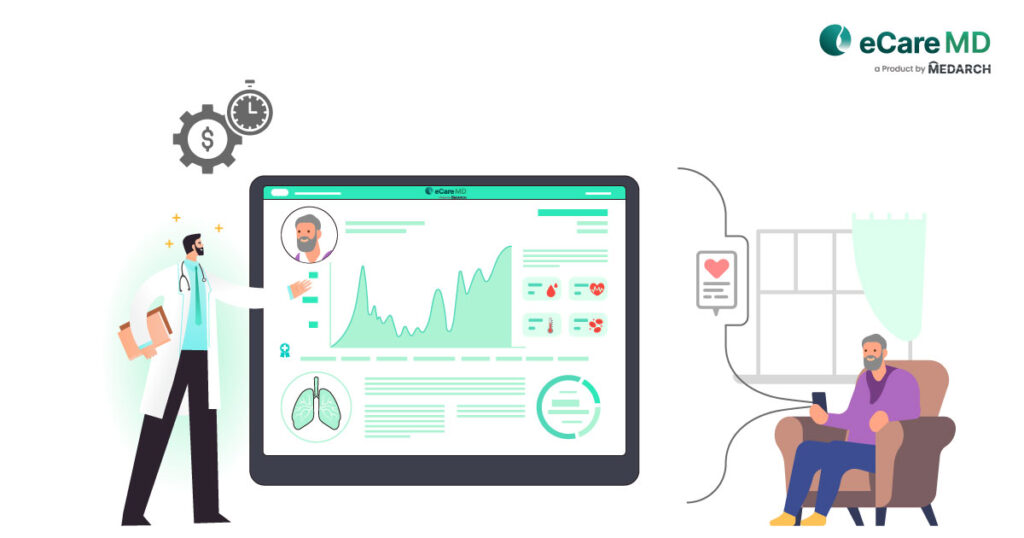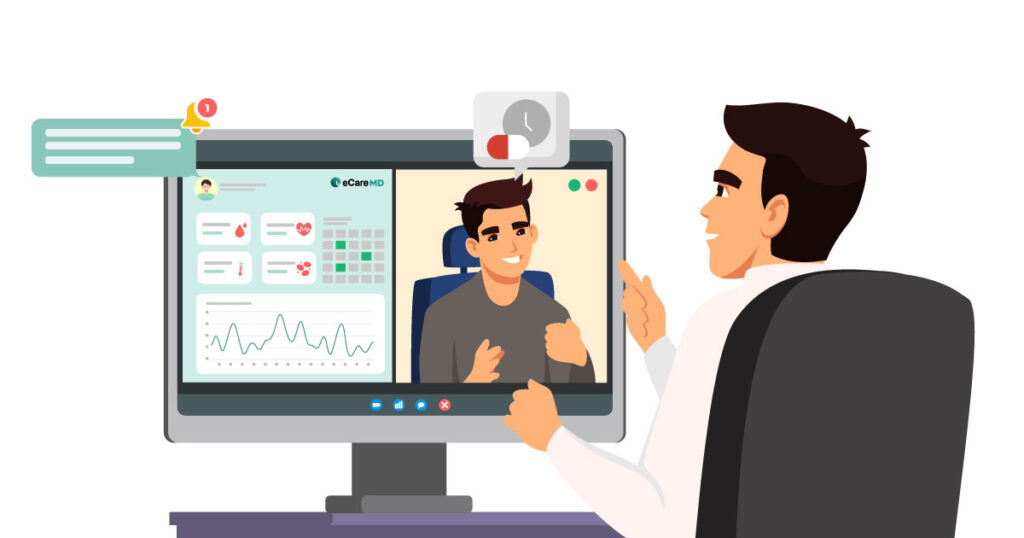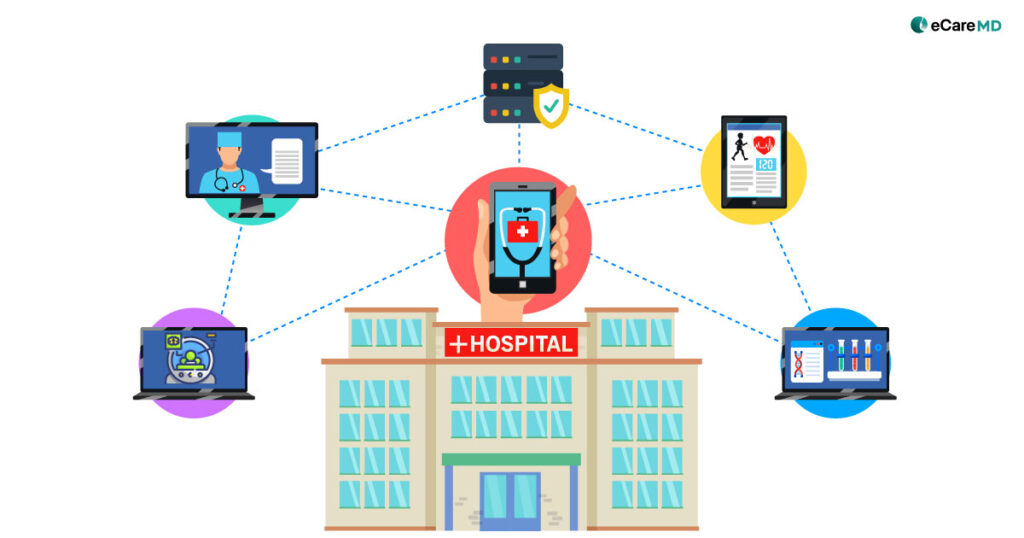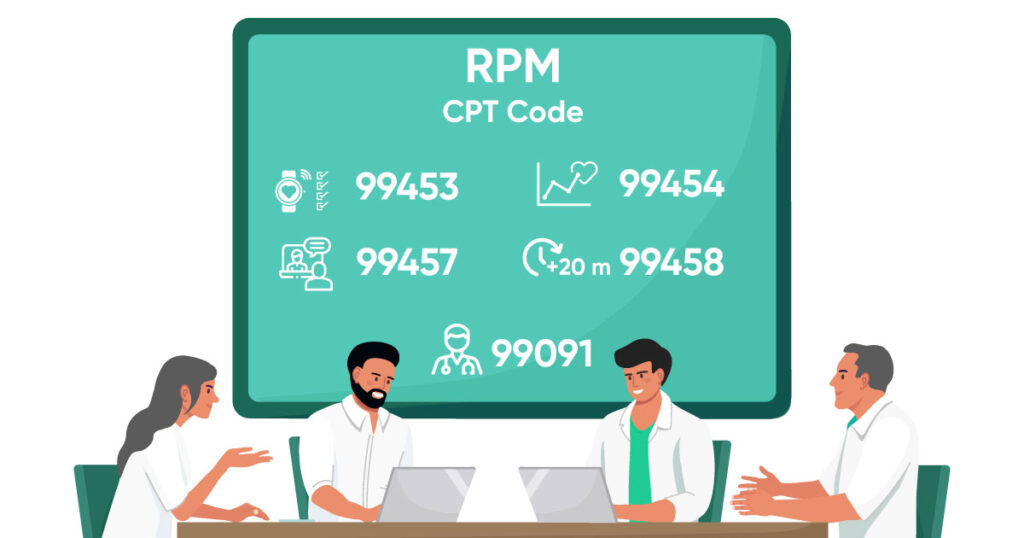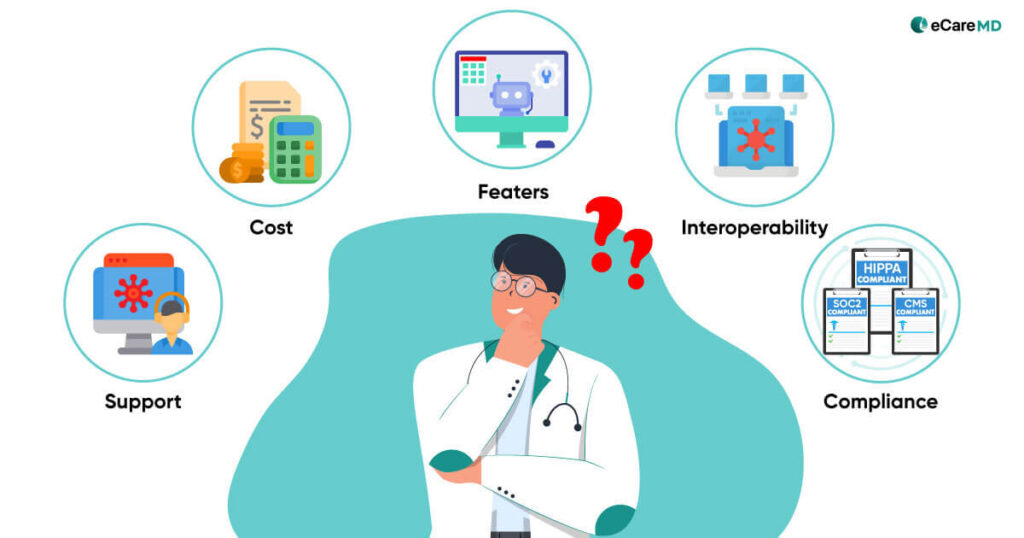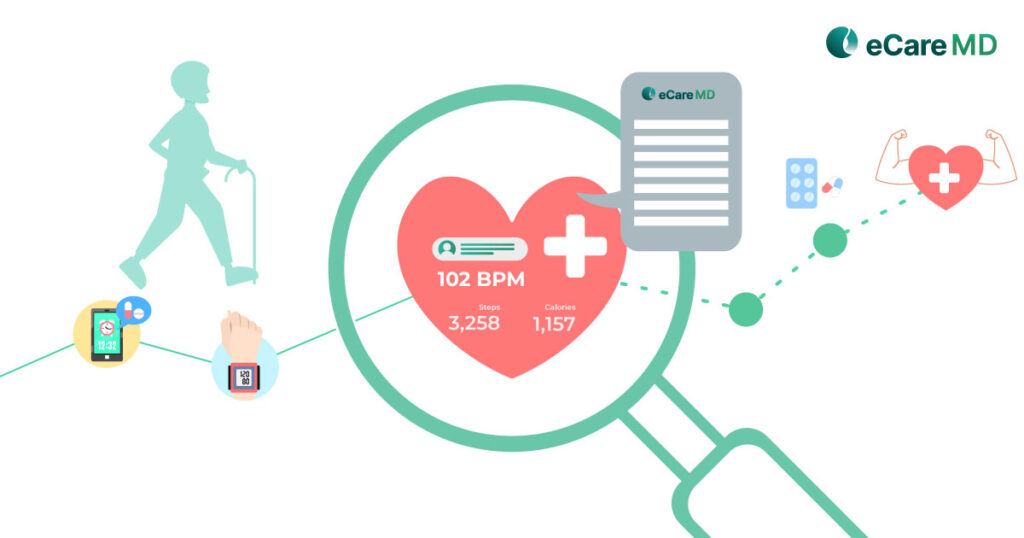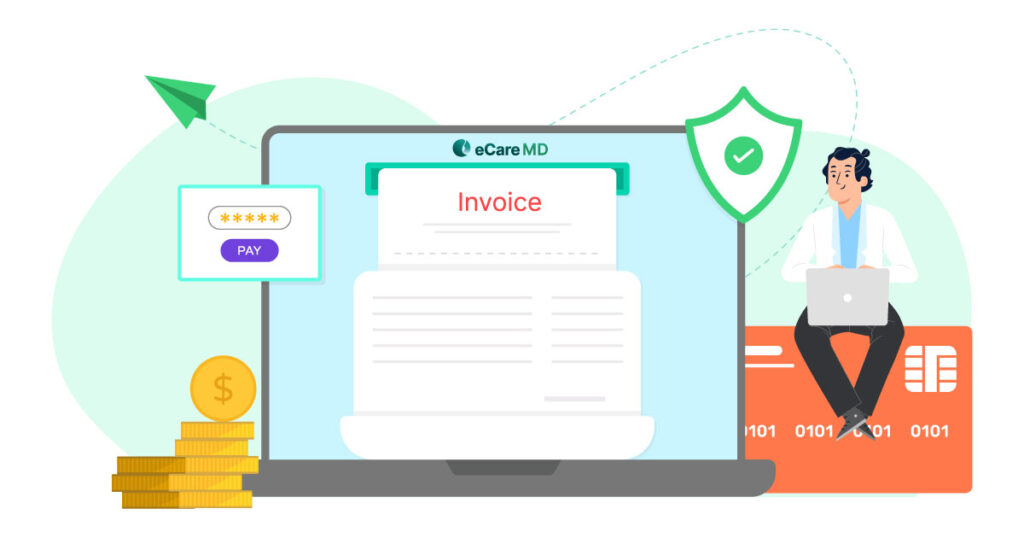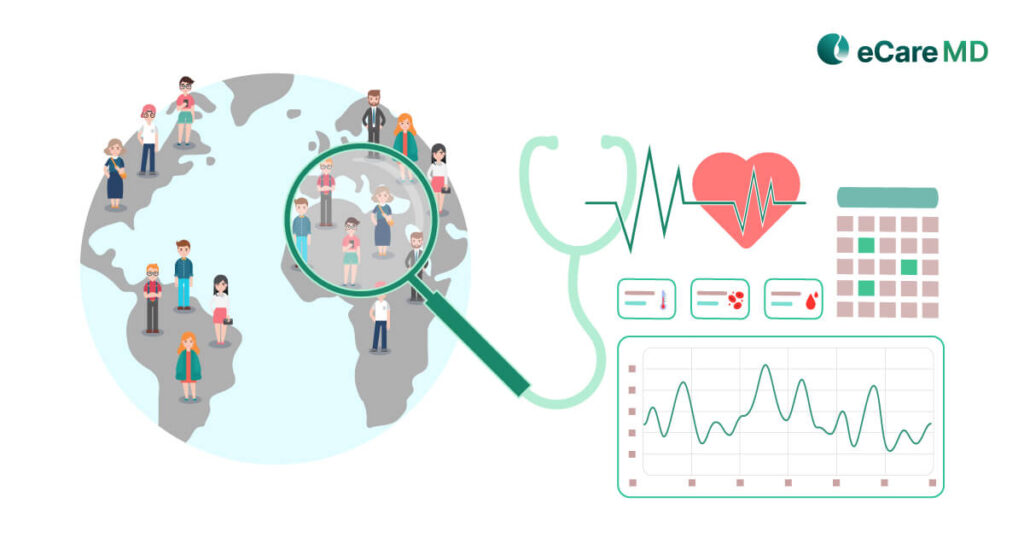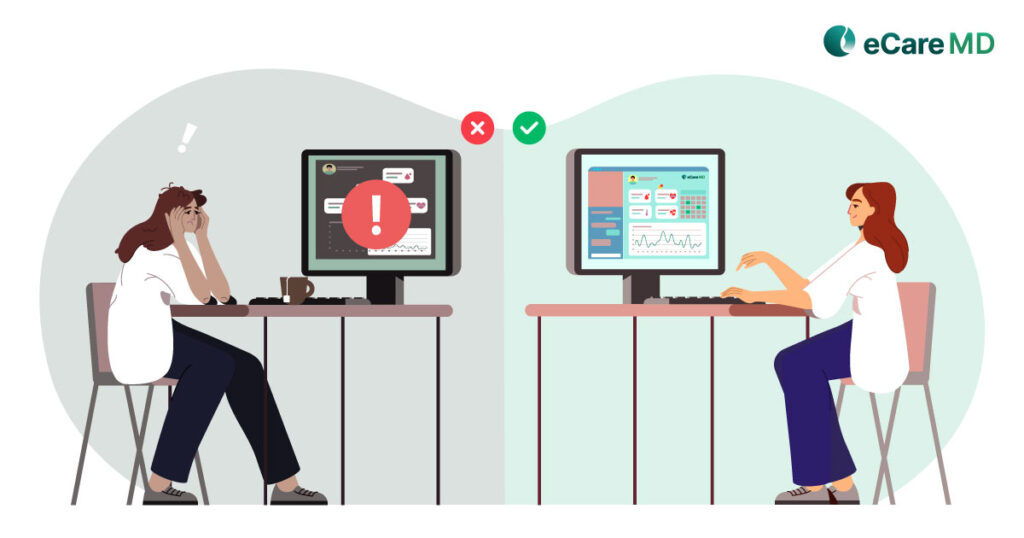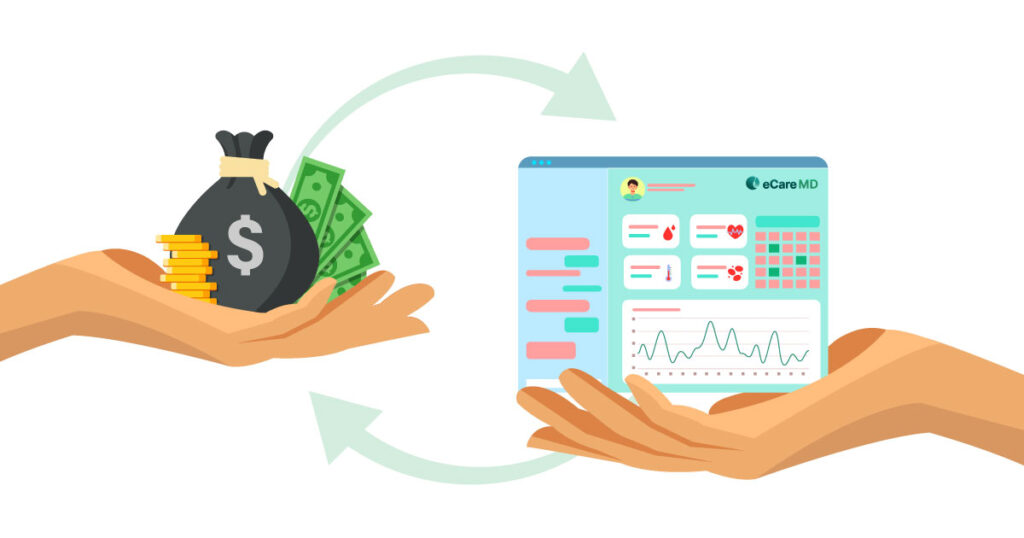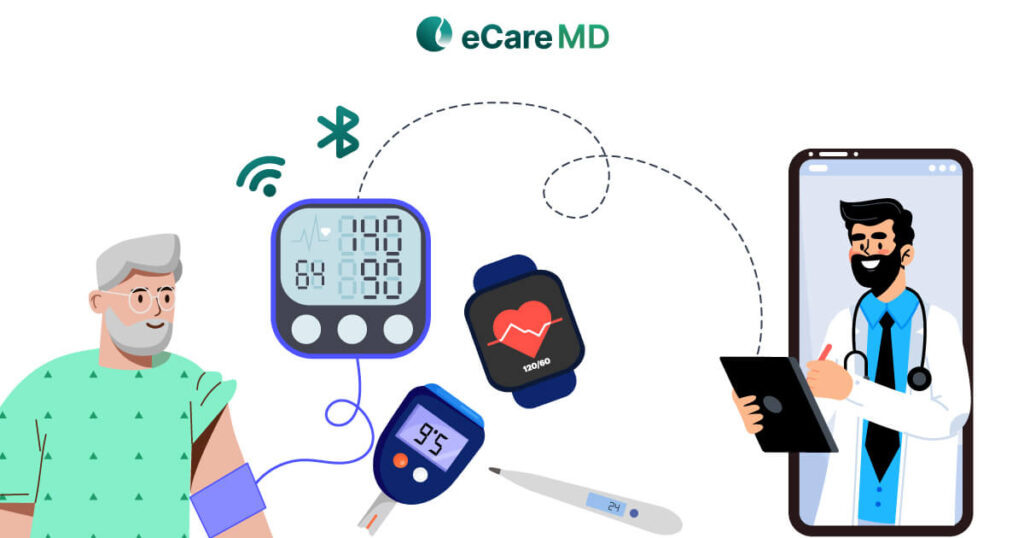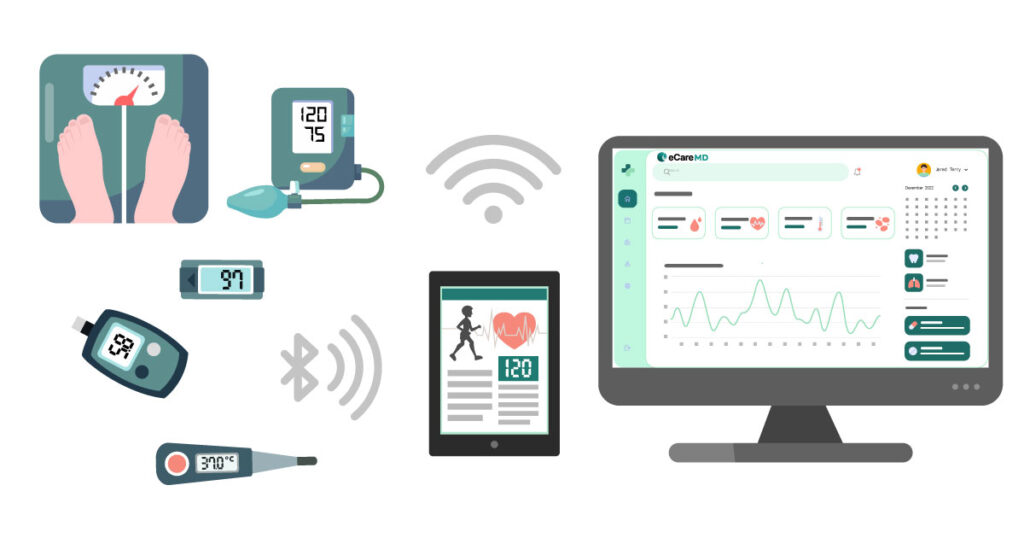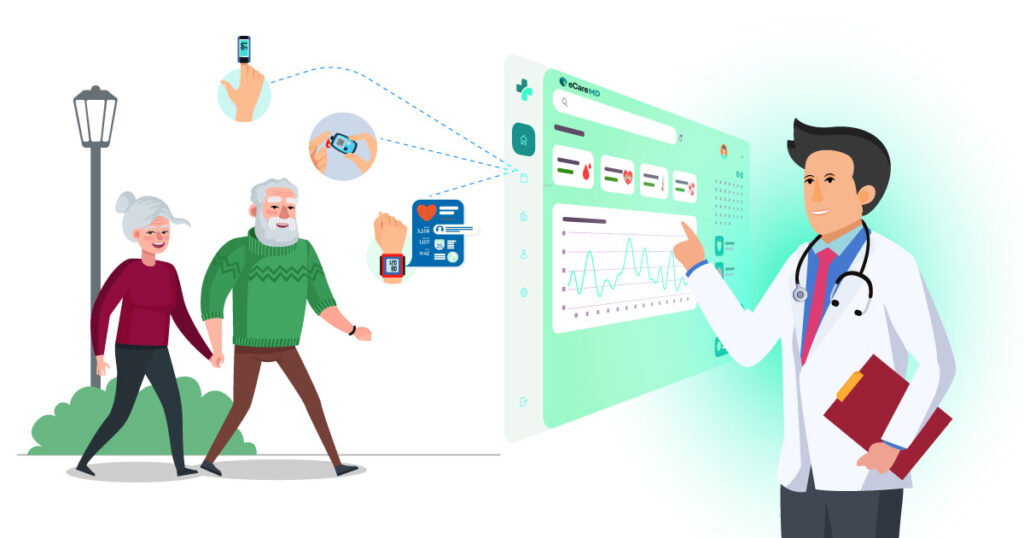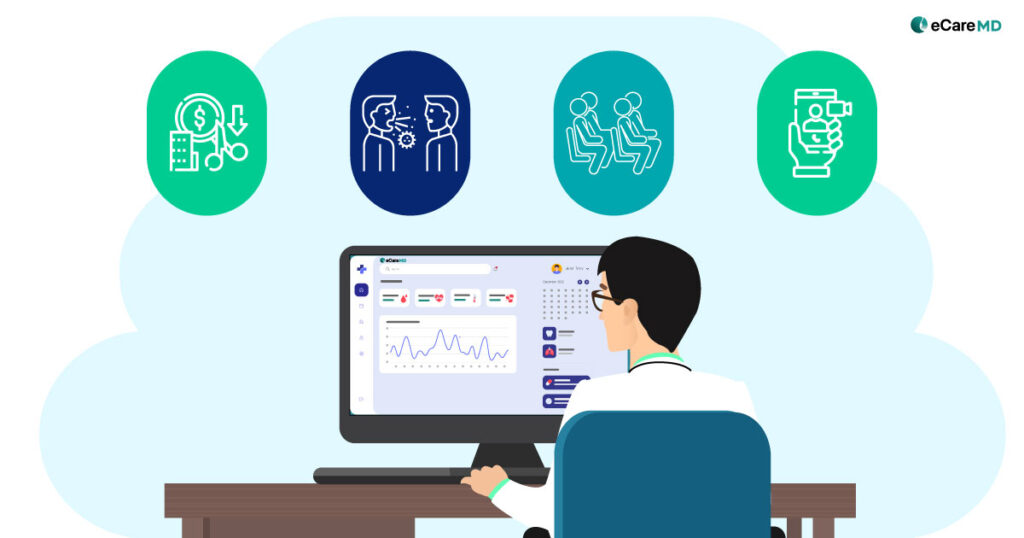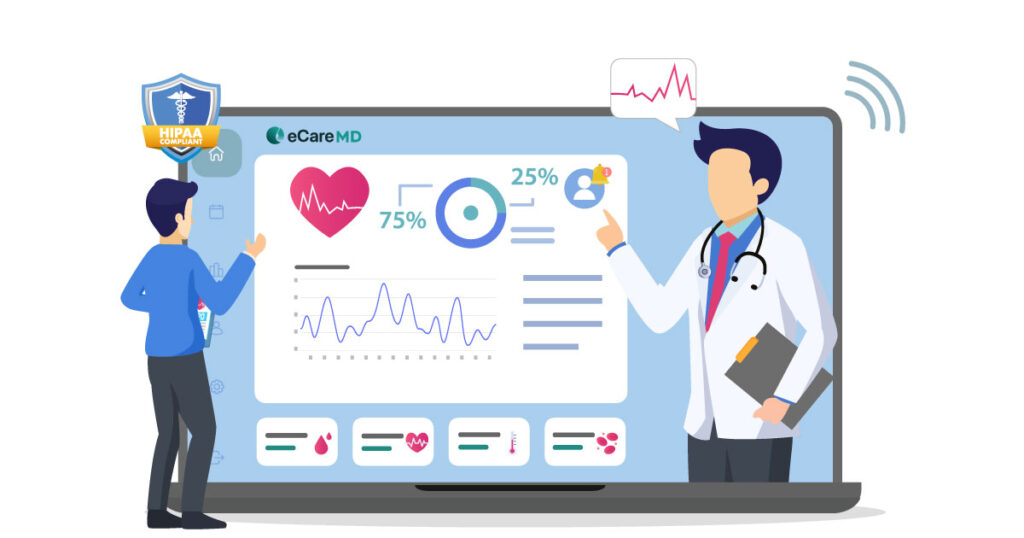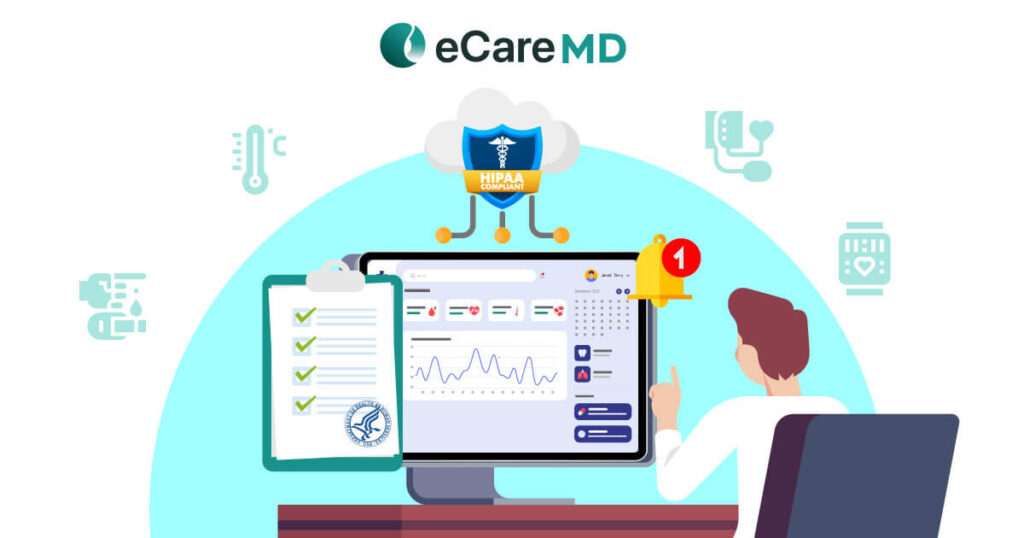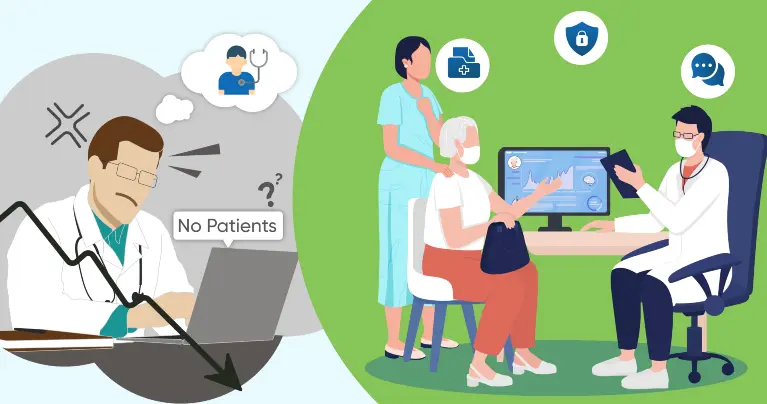Did you know that 74% of millennials prefer using telehealth services over in-person healthcare services?
Enhancing Access to Care for Seniors

Free Webinar - Maximizing Telehealth Benefits for Seniors
Elevating Healthcare Services for Medicare Beneficiaries
With telehealth integrated Remote Patient Monitoring software, reaching out to healthcare providers became very easy. Features like secure messaging and access to telehealth appointments for Medicare, both patients and providers could easily connect with each other and stay updated about the health and monitoring closely on the basis of data and regular communication.
Sign up for Our Newsletter for Regular Updated on Telehealth Advancements in Medicare
Click Here3 Types of Telehealth Services Medicare Reimburses
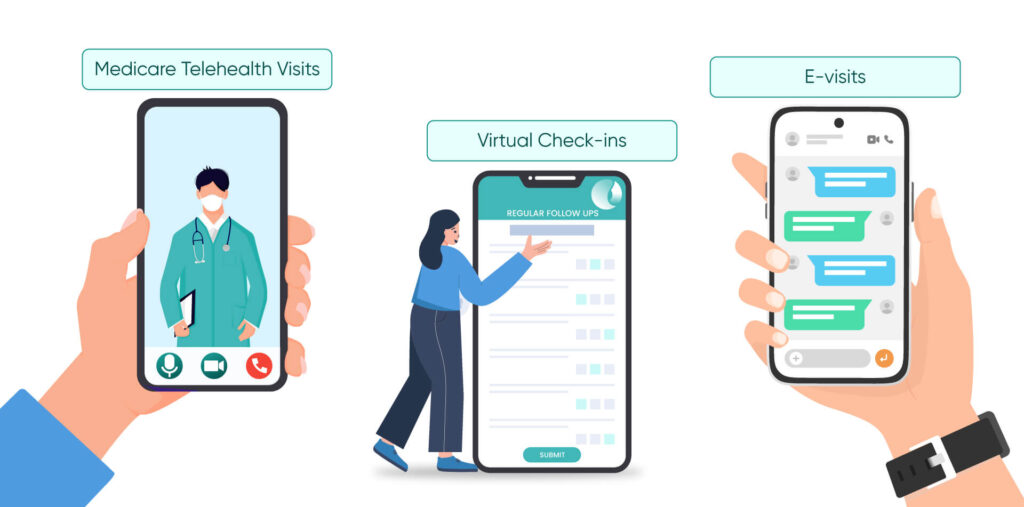
Medicare Telehealth Visits
- The healthcare services provider must be enrolled in Medicare and should have a valid medicare provider number.
- The patient-provider is treating the eligible area.
- The service provided by the provider must be medically necessary for the patient and appropriate for telehealth delivery.
Virtual Check-ins
Virtual check-ins are nothing but virtual forms of follow-up encounters between the provider and patients. The major purpose of these check-ins is to consult the patient about the given treatment and to help the patient improve their health outcomes. These virtual check-ins can be done over video conferencing, phone, or text.
Virtual check-ins are typically used for providing:
- Monitoring chronic conditions
- Consult about any minor inconveniences.
- Answer patient questions about their health.
E-visits
- Answering patient queries
- Request prescription refills
- Appointment scheduling
- Get test results
Navigating the Regulatory Landscape for Medicare Telehealth Services
- The Telehealth Extension and Evaluation Act was passed in December 2023, extending the telehealth advantages for medicare beneficiaries.
- Healthcare services included in this extension act include mental health services, some non-behavioral health services delivered by Federally Qualified Health Centers (FQHCs) and Rural Health Clinics (RHCs).
- States have the freedom to implement their own telehealth privacy regulation in the framework provided by the federal act.
- HIPAA (Health Insurance Portability and Accountability Act) – To protect patient health information
- HITECH ACT (Health Information Technology for Economic and Clinical Health Act) – to strengthen security and data breach notification
- State Regulations – Additional privacy and security regulations specific to state practice
Download Free Whitepaper - Telehealth Policy Updates: Implications for Medicare Providers
Download NowConclusion
Telehealth for Medicare programs has immense benefits as it closes the accessibility gaps between care providers and patients. Along with that, the convenience of receiving care gives care providers more control of their health.
The transformative potential of telehealth is shaping the future of healthcare. Furthermore, the Medicare beneficiaries who are adopting and utilizing telehealth to its maximum capacity are helping in the swift shift of the healthcare industry.
Frequently Asked Question’s
There are two ways you can schedule a telehealth appointment through Medicare:
- Directly calling the provider’s office asking for a telehealth appointment
- Scheduling telehealth appointments from the Remote Patient Monitoring application

